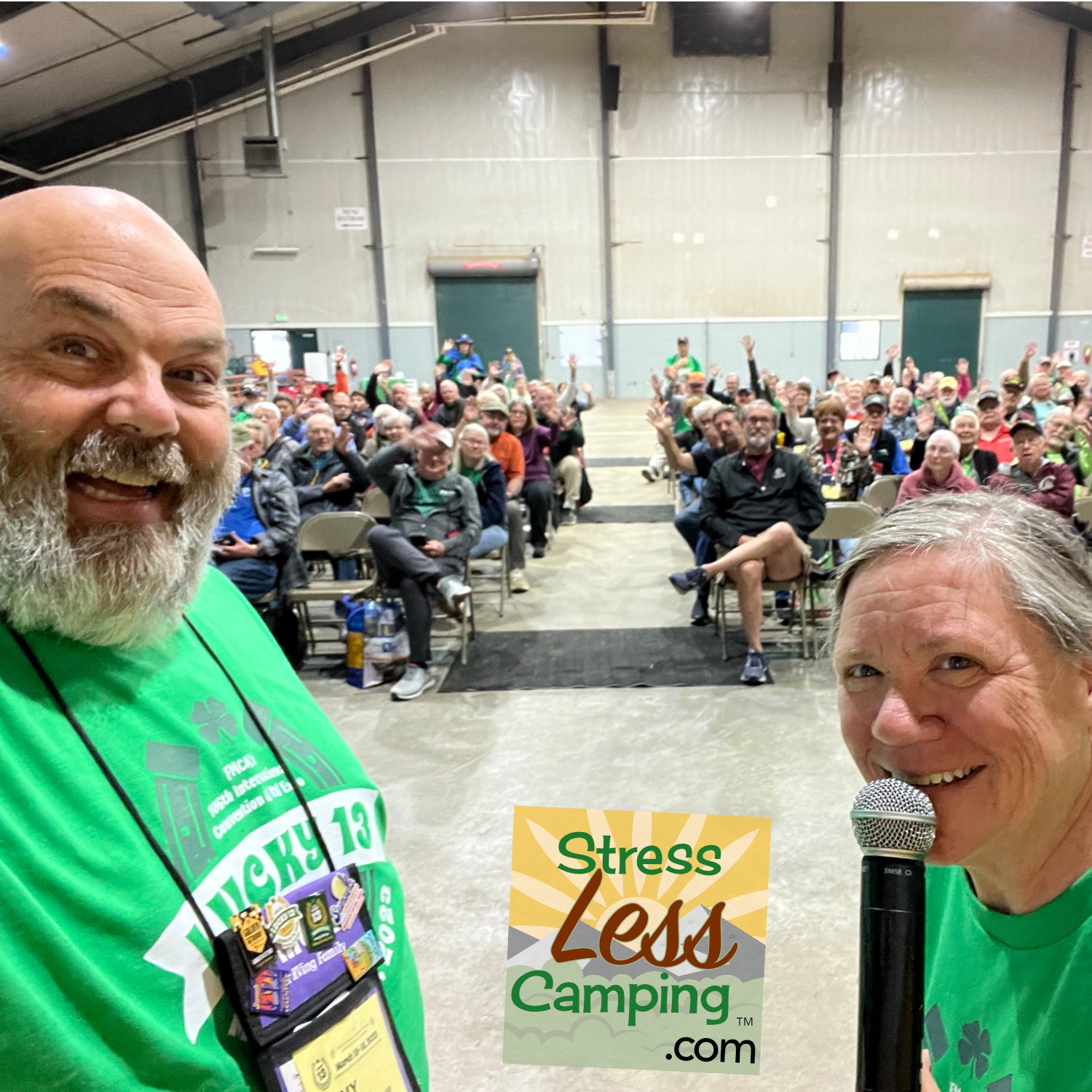Zzyzx desert studies area: water in the desert
Zzyzx - a brief study of geology, hydrology, and biology
Hearty cactus growing on limestone hill
For anyone who has traveled between Los Angeles and Las Vegas, the Zzyzx sign will undoubtedly cause some curiosity. We talked about Zzyzx Desert Studies Center and the cultural history of the facility here. And we looked at the geology of the Mojave National Preserve recently. Zzyzx is just inside the western boundary of the Preserve.
Because of my special love of the place, I thought it deserved its own story.
My first visit to Zzyzx was a field trip with my college hydrology class with California State University Fullerton (CSUF). I fell in love with the facility and the surroundings and decided to study the springs as my undergrad project under the direction of Dr. Prem Saint. Then, after a few years of NOT being a student, I returned to CSUF after yet another field trip during which I met Dr. W. Richard Laton. We had a few beers and talked about the possibilities for doing a groundwater study. The next morning, sobered up, I realized I had made a commitment that I was bound to keep. No regrets! The result of that return to college life is my thesis, Water Budget and Hydrogeologic Model of Spring Flow at Limestone Hill, Zzyzx Desert Studies Center.
Water in the Desert
In the arid southwest, springs can be very important in providing water in areas the receive little rainfall. Springs and associated wetlands support wildlife including invertebrates, insects, birds, reptiles, and mammals. The wetlands and springs at Zzyzx provide respite to as many as 185 species of migratory birds.
The spring at Limestone Hill, named MC Spring, is very important because it is the only location known to naturally contain the endangered fish called Mohave tui chub (Gila bicolor mohavensis). This is the spring that I studied for my Masters Project. My goal was to determine the source of the water in the spring, which fluctuates very little, despite the desert’s attempts to dry up everything.
In a lucky break for the Mojave tui chub, MC Spring is fed through fractures in the limestone hill from the alluvial groundwater from Soda Mountain. If the spring were fed from the groundwater below the dry lake, the water quality would not support the fish.
Mojave Tui Chub are found naturally in MC spring
Fish in the desert
It’s true, there is not a lot of water in the desert. Therefore, it’s not surprising that there are not a lot of fish. There are, however, three species of fish in the Mojave National Preserve. In addition to the Mojave tui chub, the tiny western mosquitofish (less than three inches long), and a couple species of equally-tiny pupfish (Cyprinodon nevadensis) are native desert species.
Mojave tui chub typically grow to about four to six inches. Historically restricted to the Mojave River, it is the only fish native to the Mojave River basin. Habitat modification, and competition from introduced species, wiped out the river population. Fortunately, by some undetermined stroke of luck, there was an undisturbed population in the small perennial pond known as MC Spring, along the edge of Soda Dry Lake. The Mojave River’s 110-mile stretch ends at Soda Lake.
There are now a few artificial habitats that were developed to increase the habitat, with varying degrees of success. One site is located at Zzyzx, in man-made Lake Tuendae which is maintained by local groundwater. The ultimate goal, of course, is to downlist the species from “Endangered” to “Threatened” following a recovery plan.
Soda Lake on the edge of Soda Mountain
The Geology of Biology
As I’ve said before, I am fascinated by the way geology dictates vegetation and Zzyzx is absolutely no exception to that rule.
The Soda Mountain hillside and Limestone Hill support only a few hearty plants such as creosote and cacti. However, in the flatter alluvium and playa deposits, where water can be available throughout the year, a greater variety of vegetation is found.
In several locations along the western edge of Soda Dry Lake, groundwater and precipitation reach the alluvial deposits along the transition between the playa and Soda Mountain, forcing water to the surface and forming a linear series of ponds and wetlands.
At Zzyzx, water availability and water quality has an even greater effect on vegetation, particularly surrounding the surface springs lining the geological transition zone along Zzyzx Road. Where pools are sufficient in size to remain ponded year-round, a “fairy ring” of vegetation helps identify good-quality standing water and shallow groundwater, and deeper groundwater that is of poorer quality - usually with very high salinity because of evaporation.
As water evaporates, salts and minerals are left behind to form a crusty, salty layer on the playa surface. Few plants are adapted to tolerate this very salty water. Saltgrass (Distichles) and alkali weed (Nitrophylla) are halophytes (salt-tolerant) and are particularly adapted to survive in high-salinity water. Within or very near the ponds are plants that require constant water, including reeds, sedges, and rushes (Phragmites, Scirpus, and Typha). If you want to distinguish between them, just remember: sedges have edges, rushes are round.
Writing this post was a lovely trip down memory lane, remembering all the days and weekends that I spent with helpful friends studying this fascinating and beautiful place. I now have a very strong desire to visit again.
Big horn sheep are some of the natural residents around Zzyzx













